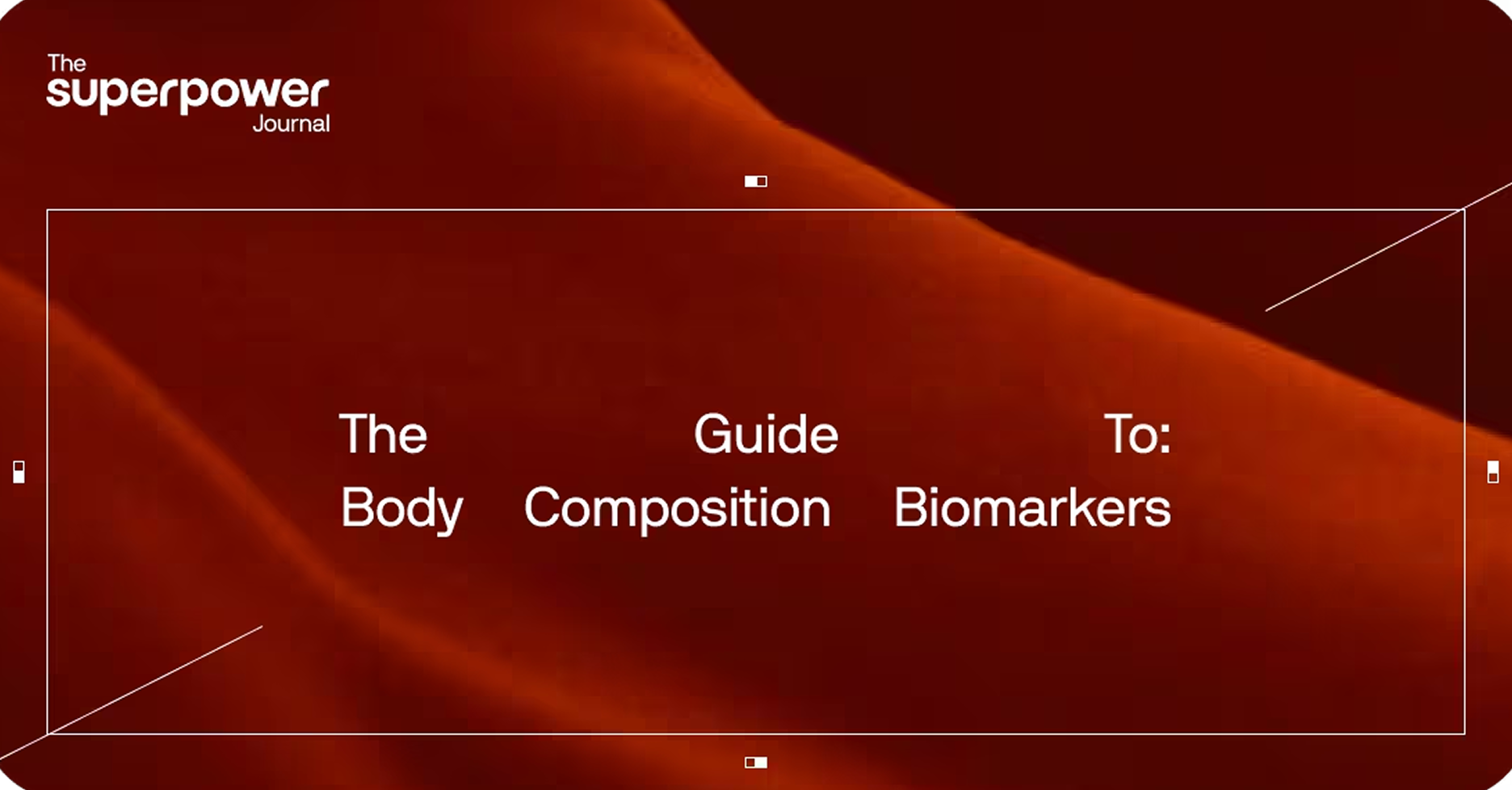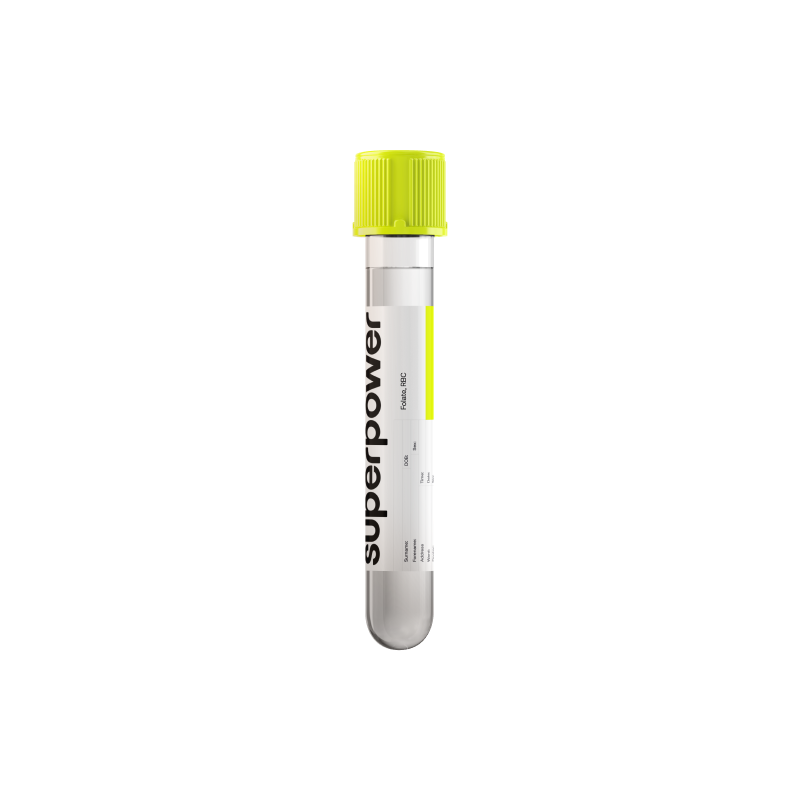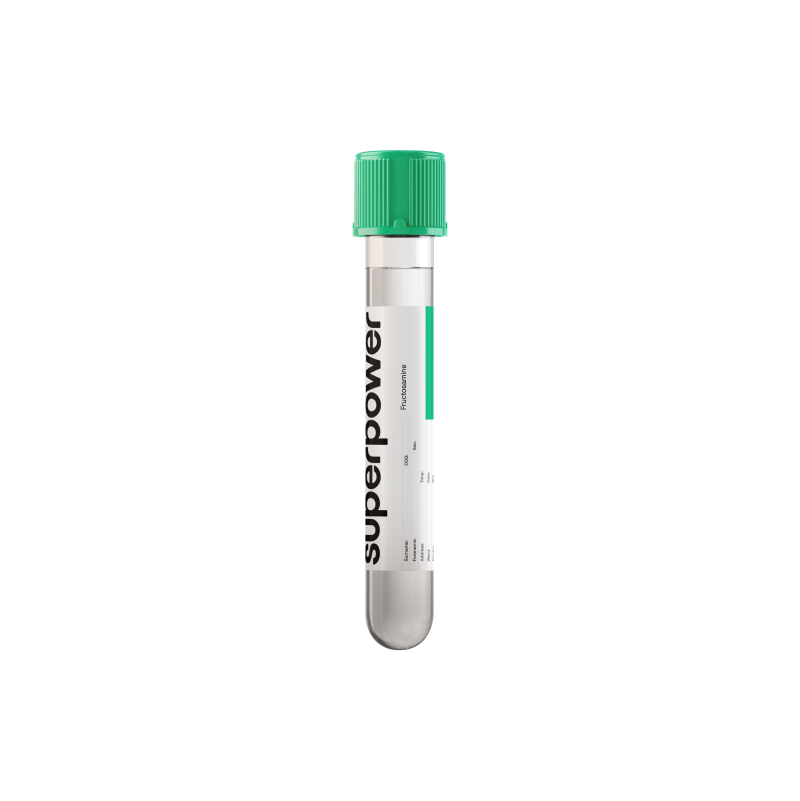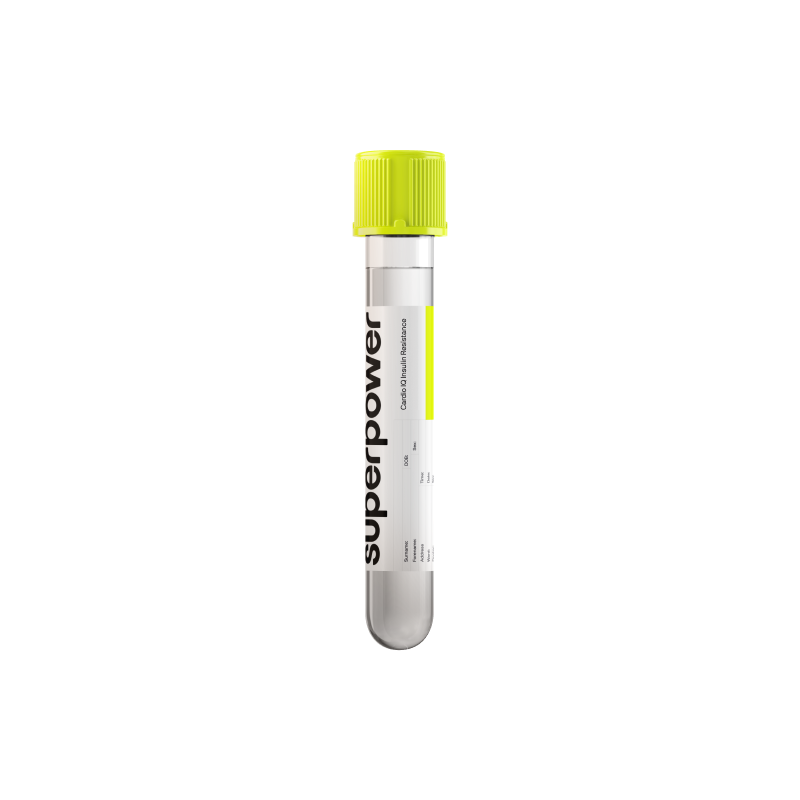A calculated ratio that links immune activity (neutrophils) with lipid defense (HDL-C), giving you a simple, actionable readout of inflammation–lipid balance and cardiovascular risk.
Key Benefits
- Spot combined inflammation and good-cholesterol balance through one ratio from routine labs.
- Flag higher cardiometabolic risk when neutrophils run high or HDL runs low.
- Clarify drivers by showing whether inflammation or low HDL predominates in your profile.
- Guide lifestyle focus on anti-inflammatory eating, regular exercise, sleep, and weight management.
- Support heart risk assessment alongside lipid panel, hs-CRP, A1c, and blood pressure.
- Track trends to gauge response to statins, omega-3s, smoking cessation, or weight loss.
- Signal potential fatty liver and metabolic syndrome risk for earlier prevention steps.
- Best interpreted with symptoms, full lipid panel, complete blood count, and risk calculators.
What is Neutrophil-to-HDL Cholesterol Ratio (NHR)?
The Neutrophil-to-HDL Cholesterol Ratio is a simple pairing of two routine blood measures: the count of neutrophils and the level of HDL cholesterol. Neutrophils are front‑line white blood cells made in the bone marrow that surge during acute immune responses (innate immunity). HDL particles are tiny lipid carriers made mainly in the liver and intestine that shuttle cholesterol away from tissues (reverse cholesterol transport) and interact with immune and vascular cells. NHR (neutrophil-to–high‑density lipoprotein cholesterol ratio) links these two streams—cellular inflammation and lipid transport—into one number.
Biologically, NHR reflects the balance between inflammatory drive and the body’s counter‑regulatory, HDL‑mediated defenses. Neutrophils signal activation of rapid immune responses, oxidative bursts, and enzyme release, while HDL helps dampen inflammation, buffers oxidative stress, and supports healthy vessel lining (endothelium). By combining them, NHR offers a snapshot of immune–metabolic tone: how much “push” from innate immune cells is present relative to the “brake” provided by HDL’s protective functions (anti‑inflammatory, antioxidative, pro‑resolving). In this way, NHR captures a systems‑level view of the bloodstream environment that influences vessel health, tissue repair, and cholesterol handling.
Why is Neutrophil-to-HDL Cholesterol Ratio (NHR) important?
The neutrophil-to–HDL cholesterol ratio (NHR) links two core systems: innate immunity and lipid transport. Neutrophils rise with systemic inflammation, while HDL helps clear cholesterol and dampen inflammatory signaling. Together, NHR reflects the balance between inflammatory drive and anti-inflammatory, vascular-protective capacity across the heart, vessels, liver, and metabolism. There is no universal clinical reference range, but in studies, values tending lower are generally considered more favorable.
When the ratio is on the lower side, it often indicates quiet baseline inflammation with adequately functioning HDL. Blood vessels are less “irritated,” endothelial function is steadier, and metabolic pathways are more flexible. If a low ratio is driven by unusually low neutrophils (neutropenia), defense against bacteria may be reduced, with possible recurrent infections, mouth ulcers, fevers, or delayed wound healing. Women—especially premenopausal—often have higher HDL, so their ratios may run lower at baseline.
When the ratio is elevated, it usually signals more neutrophil-driven inflammation and/or reduced HDL quantity or function. This pattern stresses the endothelium, promotes plaque development, and nudges metabolism toward insulin resistance and fatty liver. It’s often silent day to day, but may travel with central weight gain, higher blood pressure, elevated triglycerides, or fatigue. Ratios can also rise transiently with acute infection or pregnancy-related neutrophilia.
Big picture, NHR is an emerging integrative marker that ties immune activation to lipid quality. It complements established measures like LDL cholesterol, HDL, triglycerides, A1c, hs-CRP, and the neutrophil-to-lymphocyte ratio, and higher long-term levels have been associated with greater cardiometabolic and vascular risk.
What Insights Will I Get?
The neutrophil-to-HDL cholesterol ratio (NHR) combines an innate immune marker (neutrophil count) with a vascular‑protective lipid carrier (HDL). It reflects the balance between inflammatory drive and HDL’s anti-inflammatory, reverse cholesterol transport capacity. At a systems level, it integrates immunity, metabolism, and endothelial health that underlie cardiovascular, liver, and brain outcomes.
Low values usually reflect fewer circulating neutrophils and/or higher HDL. In healthy people this suggests a low inflammatory tone, efficient lipid clearance, and stable endothelial function. If driven by very low neutrophils, it may indicate impaired innate defense (neutropenia) from marrow suppression, autoimmune loss, or medications, with higher infection susceptibility.
Being in range suggests balanced immune surveillance and lipid transport, supporting steady energy use, insulin signaling, and vascular homeostasis. Observational data associate mid‑to‑lower NHR within typical lab ranges with more favorable cardiometabolic profiles, while avoiding the extremes of neutropenia.
High values usually reflect elevated neutrophils and/or low HDL, signaling systemic inflammation and metabolic stress. This pattern is linked to endothelial activation, atherosclerotic plaque activity, and fatty liver physiology, and it often rises temporarily with acute infection or tissue injury. Men typically show higher NHR than premenopausal women, and the ratio may increase with aging and after menopause; pregnancy physiologically elevates neutrophils and can raise NHR without disease.
Notes: Interpret NHR alongside the complete blood count and lipid panel, because changes in either component shift the ratio. Acute illness, stress, vigorous exercise, and corticosteroids raise neutrophils; lipid‑altering drugs and smoking change HDL. Methods vary and there is no universal reference range, so context matters more than any single cutoff.

.png)

.svg)



.png)
.png)
.png)
.png)








